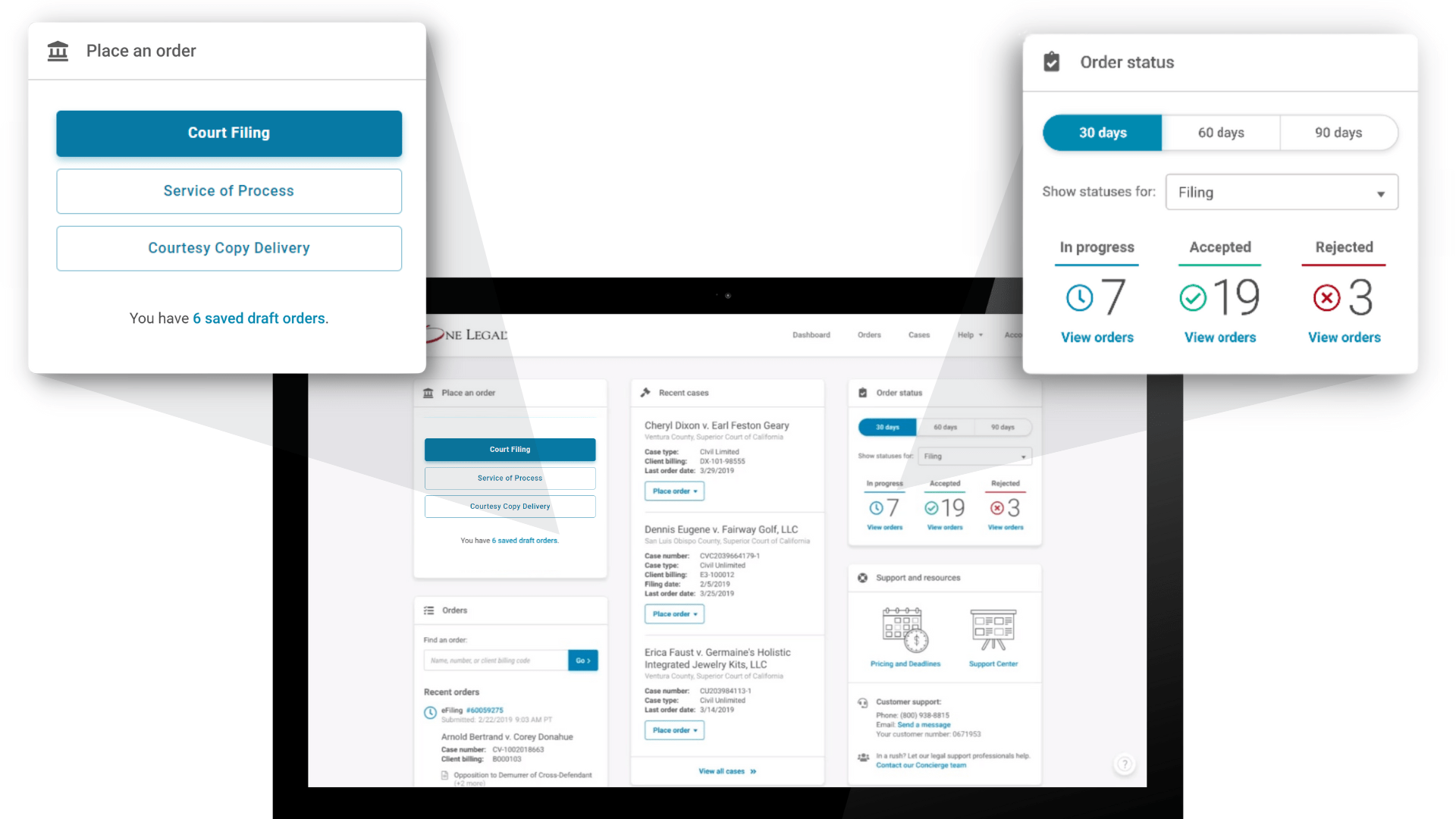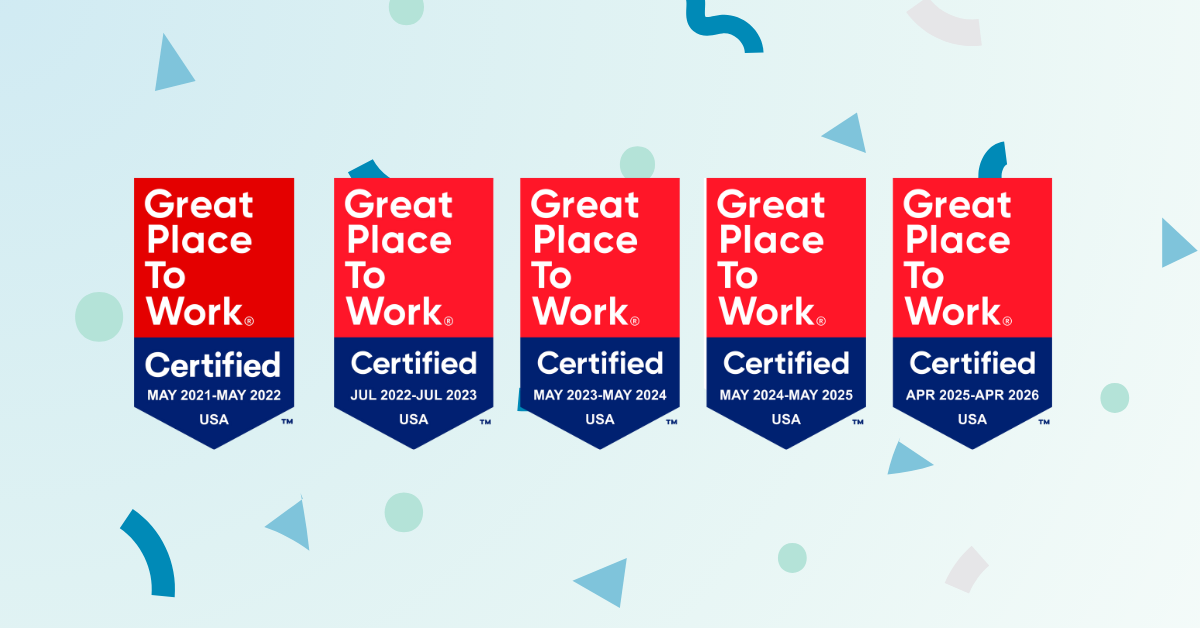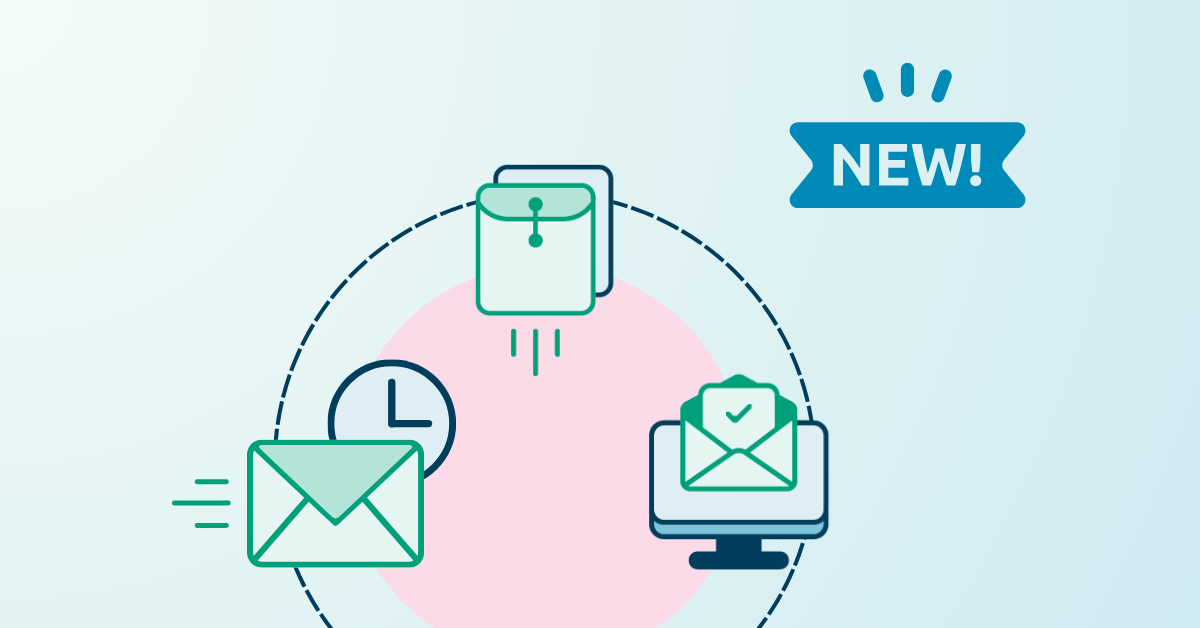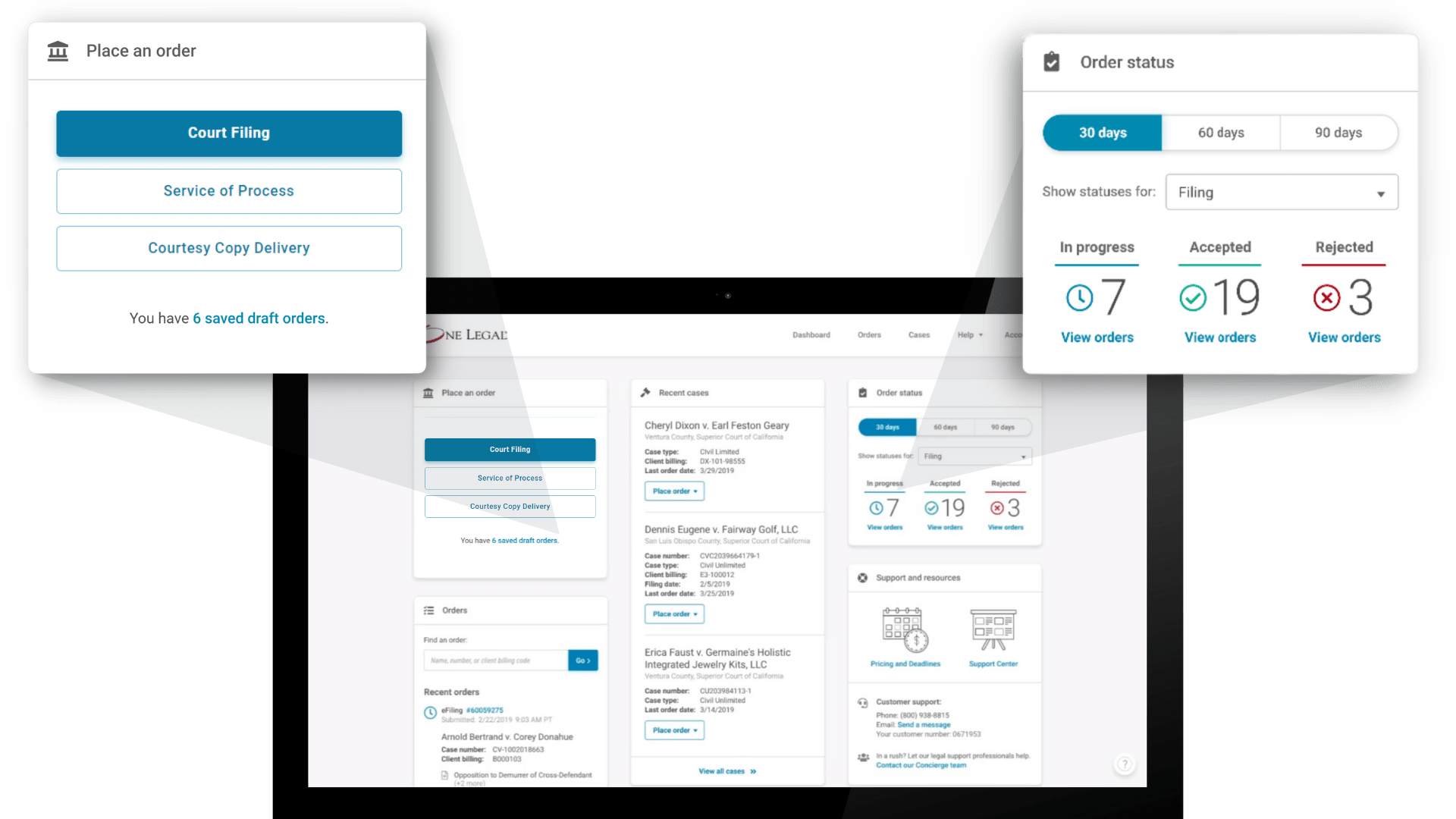Much has been written lately about how legal AI tools are being used in law firms today.
More specifically, commentators have wondered how and to what extent law firms are using these tools and will in the future. The discussion often focuses on whether lawyers should or should not use these tools.
The conclusions range from Gen AI completely changing the profession to it will have no impact at all.
The adoption of legal AI tools by law firms
In part due to the confusion among so many thought leaders and lawyers, other than a few outliers, law firms have historically been slow to adopt and, indeed, embrace these tools, though it’s notable how much that has changed over the last year.
Perhaps this change is not surprising given lawyers’ traditional reluctance to adopt new technologies generally. This reluctance should also not be a surprise, given the well-publicized risks of hallucinations, inaccuracies, and lack of confidentially.
Finally, we have to excuse the large segment of lawyers who bill by the hour for perhaps being a little less willing to embrace tools that will reduce the number of hours they bill.
However, if things follow the usual course, lawyers and law firms will gradually adopt GenAI in multiple ways, given its power. Law firms will see the advantages of AI and Gen AI for back-office work, which is the nonbillable tasks that must be done.
And like many technologies, they will begin using the tools often without even knowing it in their daily and professional lives. As they become used to the results the tools can provide, their view will shift from caution to wholesale adoption.
We have seen this with other tools like email social media, technically assisted review word processing, and legal research.
Back office tools
A quiet revolution is already underway with the use of legal AI tools, Gen AI and automation in the business end of the practice of law.
There is a growing list of tools that ease the burden of back office tasks like billing, collections, intake, and the like. These administrative tasks can’t be billed to clients. But they the performance of these tasks can significantly impact the firm’s profitability.
Multiple platforms for back office work already abound. For example, Gen AI tools can be used to better determine the cost of taking certain types of work and matters in the first place.
Similar programs can be used to determine the experience and skill set of lawyers. The tools can look at what lawyers have billed for and how much time they spend on specific tasks. From there, firm management could make better decisions on how to staff matters.
Some platforms can take such things as billing guidelines and automate their application into the pre-bill process, resulting in fewer write-offs.
There are electronic and paperless billing solutions that make sending bills easier and reduce the time lawyers spend on them in general. Reviewing bills is the bane of most lawyers’ existence. Sending bills sooner and with less lawyer time means increased revenue.
There are programs to capture and manage expenses and ensure proper collection, among other things. AI can also automate financial reviews to better forecast and determine the profitability of individual partners.
Measuring individual lawyers’ profitability is a critical issue in many law firms.
These tools and more will become commonplace in law firms for obvious reasons: they can increase overall profitability, and the risks of using them are much less. As the tools become more prevalent, lawyers’ fears about using AI and Gen AI in their substantive work will lessen.
Growing use of AI on familiar devices
As Gen AI tools become commonplace on devices lawyers use personally, their reluctance to adopt them in the workplace will also decline. Indeed, lawyers have already been using AI tools often without even knowing it.
But both Apple and Android makers are making efforts to expand that use on their cell phones and other devices.
Apple and Samsung, for example, both recently announced enhanced capabilities for their smartphones and other devices to use AI and Gen AI programs.
Both trumpet the claim that most of what these programs will do will be done on the device and not shared with the cloud. That means a lot of your data will not go to the cloud. No one can see what you ask the Gen AI platform or the response. This is important for lawyers, who have to be always concerned about privacy and client confidentiality.
Development of on device tools means lawyers can safely use a system to help draft emails or summarize documents without confidentiality concerns; the system will only look at what is on the device Apple says the information won’t go elsewhere unless you give it express permission to use another system like ChatGPT to help answer. And even then, Apple says ChatGPT will not use your information or know who you are.
Of course, this doesn’t mean all the responses are 100% accurate or hallucination-free. But it does mean a lawyer can use Gen AI platforms with the assurance that the client’s privacy is protected.
What does this mean practically? Lawyers can load depositions on a device and then ask questions about content. They can ask the platforms to summarize a deposition. They can ask it to search through voluminous documents.
They can ask it to draft a motion based on other motions already on the device. They can ask the kinds of queries a lawyer would only feel comfortable asking a closed and expensive system.
There is another reason these developments are significant. It’s the ubiquitous use of smartphones, tablets, and laptops. More lawyers use iPhones, for example, than almost any other system. Lawyers, particularly litigators, are significant users of iPads as well.
Lawyers are used to and feel very comfortable using these devices. And when the manufacturers introduce a new tool, like a fancy camera or payment mechanism, most get comfortable using them pretty quickly. Indeed, we soon forget what it was like not to have these conveniences.
The same will be true here. Once they feel comfortable using Gen AI for personal purposes, they will see how it will make their work easier as well. Lawyers will quickly get used to asking their smartphones or laptops to revise, create an email, or summarize a document. All of this means that I think there will be ever-growing uses.
If you ask most lawyers about their firms’ challenges, the almost universal refrain is that they can’t find or keep qualified associates and paralegals. As a result, lawyers are overworked and overstressed.
Litigators are desperate for solutions as courts keep pushing cases to trial to overcome the COVID backlog. There is also no shortage of new matters.
Once they feel comfortable using Gen AI and AI on their own devices, they will, by necessity, turn to legal AI tools to do the work that associates and legal professionals once did.
Substantive law use
What will lawyers discover when they look at what the Gen AI systems can do for them?
Right now, they see open systems that are fraught with risks and problems. They see expensive closed systems, on the other hand, that may overpromise and underproduce. But what will happen as lawyers and vendors become more sophisticated?
Open systems
Much has been written about the problems with using open systems. They hallucinate, there are accuracy errors, and they jeopardize confidentiality and privacy. Some commentators even go so far as to warn lawyers and legal professionals never to use open systems and instead use only private and closed systems.
However, like any technology, open systems can be used to do a variety of jobs that lawyers need as long as they are used knowledgeably and safely. That means not putting in the systems client confidences or secrets and verifying any results.
Certainly, using these systems for complex legal research is not recommended. But when used correctly, they can perform many useful tasks that save lawyers’ time and, in many cases, help get better results. Familiarity and knowledge could enable lawyers to use these tools safely and in new and beneficial ways.
Open systems can be used to do such nonlegal things as generate marketing pieces and content, analyze large data sets, summarize documents, perform due diligence checks, undertake general research, brainstorm, write job descriptions, create project management processes, and suggest changes in the business organization.
I recently attended a demonstration by a lawyer who used an open AI system to prepare for his client’s corporate designee deposition. The deposition was to be taken by a plaintiff’s lawyer who, in the past, had employed an approach known as the reptile theory to depositions.
After carefully crafting a prompt containing no confidential or other identifying information, the lawyer got the system to spit out a series of good questions quickly. In response to another prompt, the system turned these questions into leading questions. It even supplied some potential answers for the witness.
In another demonstration at the same workshop, the lawyer described a case in general terms in a prompt and then asked the system for some suggested voir dire questions. The system provided a whole series of good questions.
The lawyer then asked the LLM what answers he should seek from potential jurors that might suggest a predisposition for or against his case. Once again, within seconds, the LLM provided a series of responses that were all pretty much right on point.
All of this work product came not from an expensive closed system but from an open, $20 per month publicly available service. And none of the prompts, again, contained any privileged or confidential information.
As lawyers become accustomed to using Gen AI personally and their firms use them for back office tasks and become better informed, we will see lawyers embrace the tools more and more. The tools simply can do so much.
Closed systems
This brings us to closed systems. As lawyers get used to using Gen AI and AI, they will look for ways to employ these legal AI tools in other ways. Closed systems offer the promise of legal research, complex drafting, contract preparation, and the marriage of publicly available information with private information held within law firms.
This will enable an associate, for example, to ask their firm’s Gen AI tool to prepare an agreement by looking not only at public information but also at the contracts partners in the firm have prepared.
Like any technology, the cost of Gen AI tools will no doubt decline over time. Lawyers will want systems that do more, and those systems will cost less. The result: more adoption
The future of legal AI tools
It is always dangerous to make assumptions about how a technology will take hold and change an industry.
But the power of Gen AI and its ability to make life easier for lawyers and legal professionals can’t help but lead to increased use over time.
Yes, lawyers are slow adopters of technology. But they aren’t stupid, just rightfully cautious. But as they see the power of these legal AI tools, better understand the risks and benefits, and get accustomed to using them, we will see a gradual revolution in how lawyers work.
It won’t be sudden; it might go unnoticed. But over time, it will make for a very different profession.








